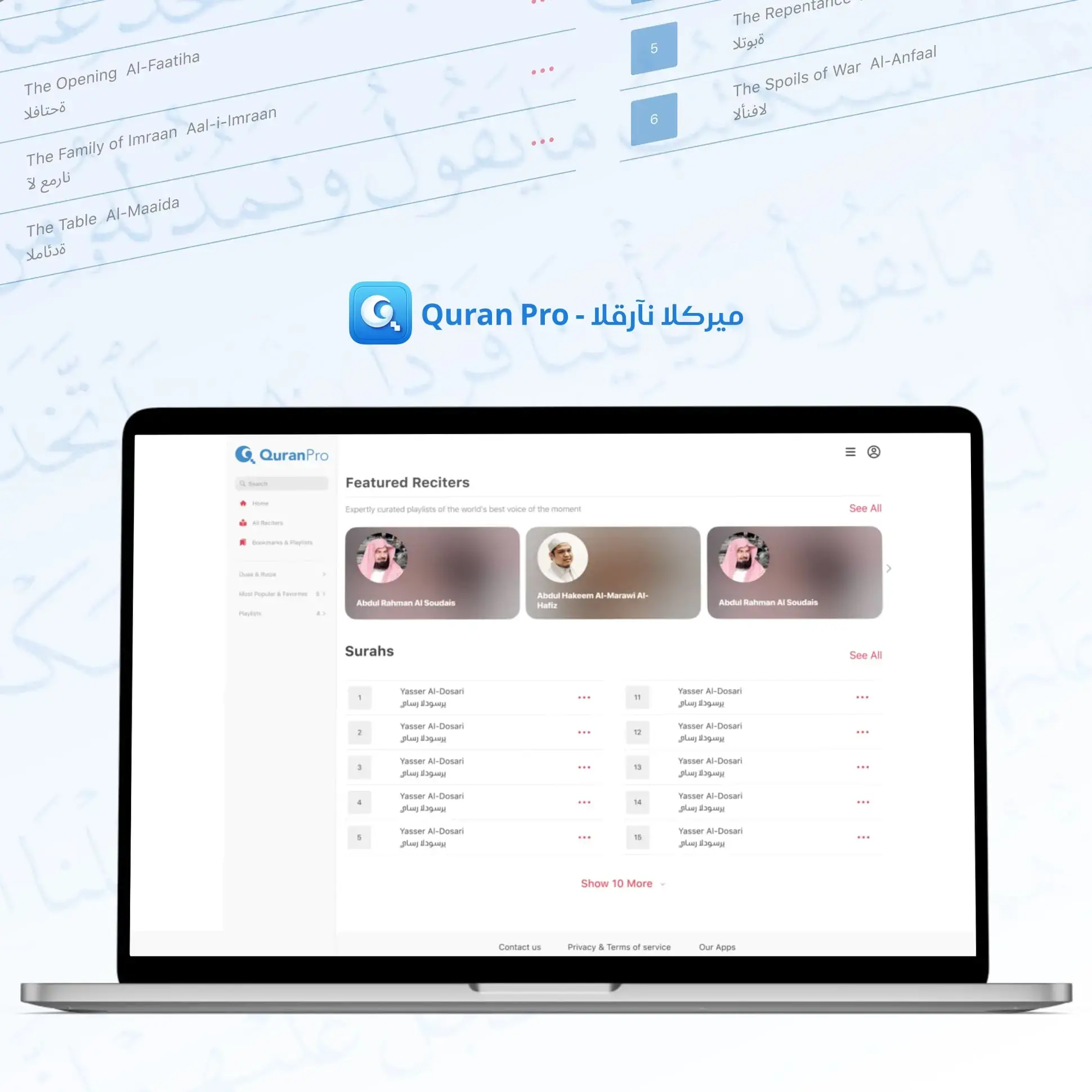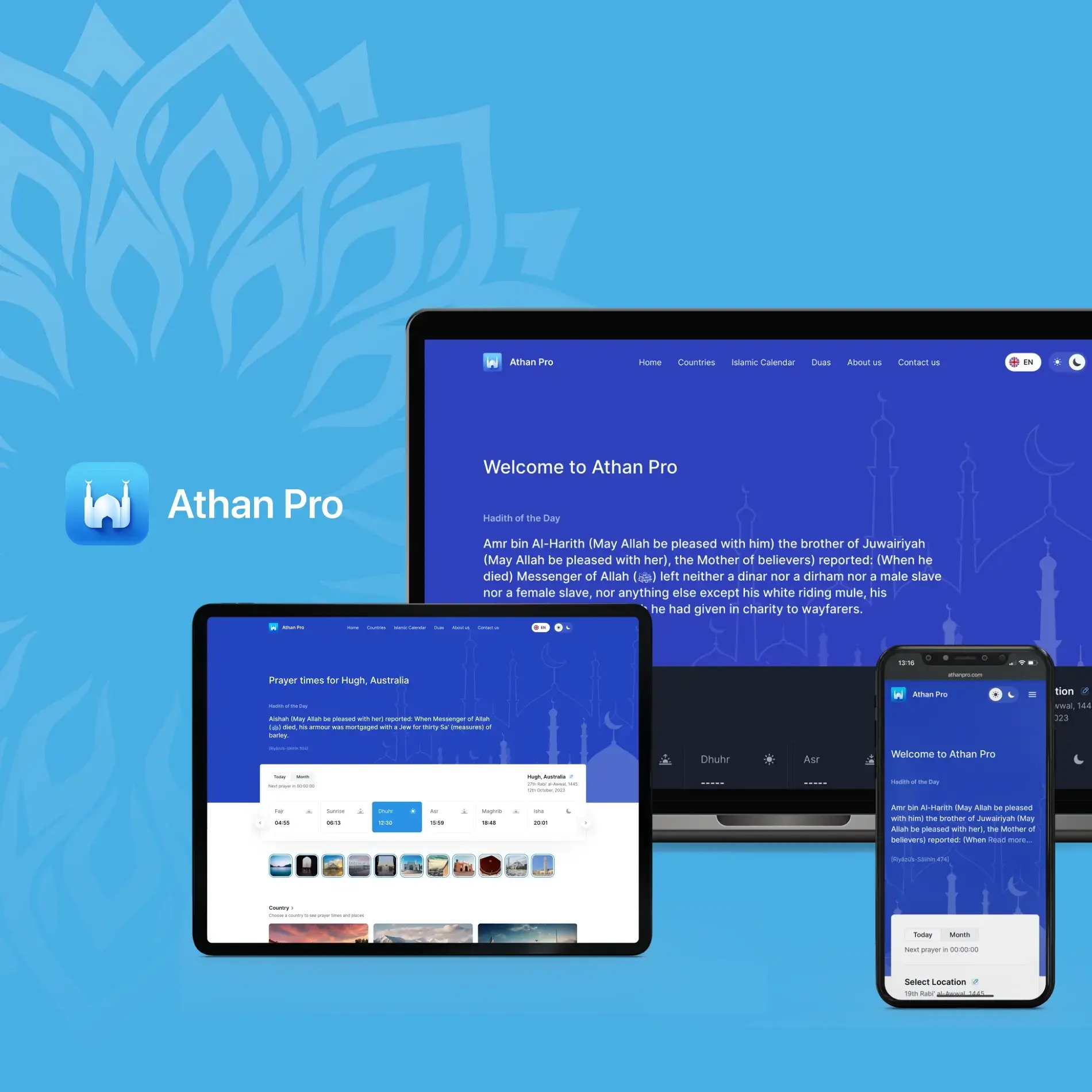Imagine running a business where you're juggling numerous responsibilities, from ensuring customer satisfaction to streamlining operations. Now add to this picture the complex task of handling all your technological needs, staying updated with the latest IT trends, and addressing unexpected IT issues. Overwhelming, isn't it?
In our fast-paced digital world, more and more businesses are turning to specialized IT vendors to manage this tech hustle. These vendors bring a wealth of knowledge, resources, and capabilities to the table, enabling businesses to stay on top of their game without getting entangled in the web of evolving technology.
At JetBase, we don't just understand IT Vendor Management, we live it. We have navigated this intricate field, turning vendor relationships into partnerships and technological challenges into innovative solutions. And now, we're sharing our wealth of experience with you.
IT Vendor Management Definition
IT Vendor Management is the strategic process that empowers an organization to manage cost, mitigate vendor-related risks, ensure outstanding service deliverability, and draw long-term value from vendors. This comprehensive process encompasses several key elements, including vendor selection, contract negotiation, relationship management, performance assessment, and risk management.
Having worked on a multitude of projects with diverse clients, JetBase has a unique and in-depth understanding of the intricacies of effective IT Vendor Management. It's not merely about finding the right vendors and negotiating contracts for us. Instead, it's about nurturing relationships, fostering mutual growth, and managing potential risks that could disrupt the smooth flow of projects.
Why Is Vendor Management Important?
Vendor Management is critical in today's business environment for several reasons.
Firstly, it plays a vital role in cost management. By systematically monitoring and controlling vendor-related expenses, businesses can avoid unnecessary costs and maximize their return on investment. We have seen firsthand how a comprehensive understanding of vendor pricing models and service level agreements can result in significant cost savings.
Secondly, Vendor Management enables companies to mitigate risks. IT projects are often complex, and if not managed correctly, they can expose a company to substantial risks, including operational, financial, and reputational. An effective Vendor Management process allows businesses to identify, monitor, and control these risks, ensuring smooth project execution.
Furthermore, Vendor Management is essential for optimizing service quality. Through regular performance assessments, organizations can ensure that their vendors are consistently delivering high-quality services that meet or exceed their expectations. Our experience shows that a structured approach to Vendor Management can substantially improve the quality and reliability of IT services.
Lastly, Vendor Management fosters strategic relationships with vendors. Instead of being mere service providers, vendors become partners who contribute to the company's growth and innovation. JetBase’s client relationships are a testament to this, having evolved into long-term partnerships that drive mutual success.
To sum it up, effective Vendor Management is a business imperative, helping organizations save costs, mitigate risks, optimize service quality, and develop strategic vendor partnerships. It is not merely a process but a strategic function that can significantly impact a company's bottom line and competitive advantage.
What Is the IT Vendor Management Process?
The IT Vendor Management process can be seen as a journey that comprises several key steps. Each step is integral to ensuring that the relationship between the business and the vendor is productive, profitable, and efficient!
Vendor Selection
The process begins with the identification and selection of the right vendor. This involves understanding the organization's needs and goals, defining clear criteria for vendor selection, conducting market research to identify potential vendors, and evaluating these vendors based on the defined criteria.
Contract Negotiation
Once a suitable vendor has been selected, the next step is contract negotiation. This stage involves discussions around terms of service, pricing, delivery timelines, and other important details. The aim is to establish a contract that balances the interests of both parties and sets the foundation for a successful partnership.
Vendor Onboarding
This stage involves introducing the vendor to the organization’s policies, processes, and systems. It also includes setting expectations, defining roles and responsibilities, and setting up communication channels.
Performance Management
This step is all about tracking and evaluating the vendor's performance against the agreed-upon terms. It involves regular reviews, feedback sessions, and performance improvement plans to ensure that the vendor consistently delivers high-quality services.
Risk Management
Throughout the vendor management lifecycle, there should be continuous efforts to identify, assess, monitor, and mitigate risks that may arise from the vendor relationship. This could include operational risks, financial risks, or risks associated with non-compliance with legal or regulatory requirements.
Relationship Management
Last but not least, is relationship management. This involves nurturing the relationship with the vendor, resolving any conflicts or issues that may arise, and fostering a partnership that is mutually beneficial.
Through these stages, the IT Vendor Management process ensures that vendor relationships are strategically managed and optimized, contributing to the overall success of the organization.

The Benefits of a Well-Considered Vendor Management Process
A strategic and well-structured vendor management process can offer several benefits. Here are some key advantages:
Cost Efficiency
A robust vendor management process can result in significant cost savings. It allows businesses to negotiate better contracts, ensure efficient delivery of services, and prevent unnecessary expenditure, thus enhancing the return on investment.
Risk Mitigation
Vendor Management in IT aids in the identification and management of potential risks associated with outsourcing. These risks may include operational, legal, financial, or reputational. By proactively addressing these risks, companies can prevent potential disruptions and losses.
Improved Service Quality
With a well-established technology vendor management process in place, companies can monitor and control the quality of services provided by vendors. Regular performance evaluations and feedback systems ensure that the vendors meet or even exceed the expected standards of service.
Enhanced Strategic Relationships
It can transform transactional vendor relationships into strategic partnerships. By fostering mutual respect and understanding, companies and vendors can work together to achieve common goals, leading to a more collaborative and productive relationship.
Greater Competitive Advantage
In the long run, effective vendor management can result in a competitive advantage. By gaining access to the best vendors, ensuring high-quality services, minimizing risks, and saving costs, businesses can stay ahead of their competitors.
Better Compliance
A well-structured process ensures better adherence to regulations and standards. By setting and enforcing compliance requirements, companies can avoid legal issues and potential penalties.
In conclusion, a well-considered vendor management process is a strategic investment that can yield considerable benefits. It paves the way for better vendor relationships, improved service quality, reduced risks, cost savings, and a greater competitive edge.

How to Set Up an Effective IT Vendor Management Process
Setting up an effective IT vendor management process requires careful planning and execution. Here are some key steps that can guide you through this process:
Define Your Requirements
The first step is to clearly define your requirements. What are your IT needs? What tasks do you want to outsource to the vendor? What are your expectations in terms of quality, timelines, and cost? Answering these questions will help you identify what you need from your vendors and guide your vendor selection process.
Establish Criteria for Vendor Selection
Once you have defined your requirements, you need to establish the criteria for vendor selection. This may include factors such as the vendor's expertise, reputation, pricing, service offerings, and track record of reliability. Having clear criteria will make it easier for you to evaluate potential vendors and choose the most suitable one.
Develop a Vendor Contract
The next step is to develop a comprehensive vendor contract. This contract should outline the terms of service, payment terms, dispute resolution mechanisms, and other important details. It's crucial to ensure that the contract protects your interests and promotes a fair and productive relationship with the vendor.
Implement a Vendor Onboarding Process
A structured vendor onboarding process can help set the stage for a successful partnership. This should include an introduction to your company's policies and procedures, setting of expectations, and clarification of roles and responsibilities.
Set Up a Performance Management System
A performance management system is essential for monitoring and controlling the quality of the vendor's services. This system should include regular performance reviews, feedback sessions, and mechanisms for addressing performance issues.
Develop a Risk Management Strategy
A proactive risk management strategy can help you identify and manage potential risks associated with the vendor relationship. This strategy should include risk identification, assessment, mitigation, and monitoring processes.
Foster Strong Vendor Relationships
Finally, it's important to foster strong relationships with your vendors. This can be achieved by maintaining open and honest communication, resolving conflicts in a timely and fair manner, and recognizing the vendor's contributions to your company's success. In a nutshell, setting up an effective IT vendor management process requires a strategic and methodical approach. By following these steps, you can ensure that your vendor relationships are productive, beneficial, and aligned with your business goals.
Wrapping Up
The IT Vendor Management process is a powerful tool that, when well-executed, can greatly enhance the operational efficiency, financial performance, and overall success of an organization. It turns what could otherwise be a potentially risky and complicated relationship into a strategic, value-adding partnership.
At JetBase, we've witnessed and facilitated this transformation. To build a successful vendor management system, organizations need to define their specific needs, select suitable vendors, develop comprehensive contracts, and establish robust performance and risk management systems. Alongside these operational steps, nurturing a strong and healthy relationship with your vendors is paramount, as it can lead to lasting partnerships and mutual growth.
Do not forget that JetBase is always in touch and ready to help solve any of your issues effectively, following our strategies and many years of tech experience.














